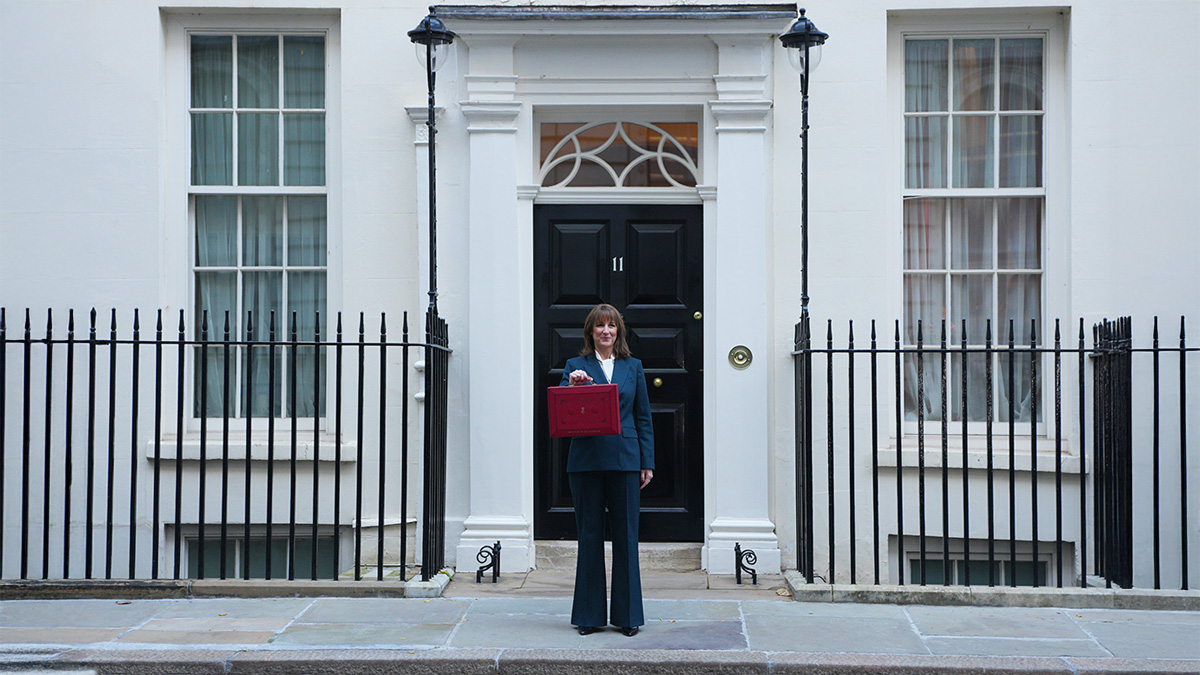In the mid-1960s, NASA was abuzz. A
few years earlier, president John F. Kennedy had challenged the agency to put a
man on the moon by the end of the decade. A large swathe of its more than 400,000
employees were working on fulfilling that goal.
However, that meant that when
California Institute of Technology graduate student Gary Flandro arrived at the
agency’s doors, no one really knew what to do with him. He was stuck in a
corner office and given the task of finding the most efficient way to send
spacecraft to the outer planets.
While working on the project, he
discovered that in the late 1970s Jupiter, Saturn, Uranus and Neptune would
line up – a phenomenon that only happens once every 176 years. Such alignment
meant a spacecraft could use the gravity of one planet to "slingshot"
to the next, saving fuel and time. Flandro realised this made it possible to
visit all four planets in a single mission, something that had never been tried
before.
Thanks to his breakthrough, NASA
launched the Voyager missions in 1977. Voyager 2 took advantage of this rare
alignment and visited all four planets, sending back amazing data and pictures.
But this sort of breakthrough doesn’t happen without a culture of innovation: one
that embraces honest feedback, sees the value of diversity, encourages self-awareness
and is forgiving of failure.
“I’d love to speak to Flandro’s
manager,” says Jeremy Kourdi, co-author of the book 50 Ideas that Changed the World of Work. “Could there be a Gary Flandro in
your organisation?”
Kourdi and co-author Jonathan
Besser’s book summarises and explains the business concepts and ideas that have
changed the world of work. It looks at everything from Sun Tzu's Art of War
to fundamentals like emotional intelligence, psychological safety and flow, and
techniques such as SWOT, PEST and GROW.
What Besser and Kourdi have done
is lay out a menu that leaders can choose from to create a super strategy.
Here, we focus on how to create and nurture a culture of innovation.
“When I started out more than 30
years ago, innovation was all about new products,” says Kourdi. “Now, it's also
about new processes and ways of working efficiently. It's about new business
models as well and disrupting industries.”
There are, according to the
consultancy Doblin, 10 types of innovation. Based on research of more than
2,000 successful past innovations, they found that all innovations comprise the
same basic elements:
1. Performance: improving the
effectiveness or efficiency of a product or service.
2. Product: introducing new or
improved products or services.
3. Service: introducing new or
improved ways of delivering services to customers.
4. Business model: changing the
way a company creates, delivers and captures value.
5. Platform: creating a foundation
that enables other products or services to be built on top of it.
6. Ecosystem: creating and
managing a network of partners and external stakeholders to create value.
7. Customer experience: enhancing
the way customers interact with a company or brand.
8. Brand: building and maintaining
a strong and distinct brand identity.
9. Process: improving the way an
organisation operates internally.
10. Enabling technology:
introducing new or improved technologies that enable other innovations.
However, frameworks only take hold
in an organisation with the right mindset, both from employees and managers. That
mindset applies to failure, self-awareness, feedback and even rest.
A fundamental belief that runs
through the most innovative organisations can be found in the pages of Stanford
University psychology professor Carol Dweck’s book Mindset: The new psychology of success.
This was the introduction of the
term “growth mindset”, which is different to its “fixed” antithesis in five key
areas: when facing challenges, encountering obstacles, deciding how much effort
to apply, handling criticism and responding to the success of others.
The book reveals the Stanford method of giving feedback, which adopts the “I like, I wish, what if” approach and is a perfect example of a growth mindset in action.
An example of this is feedback
after giving a presentation. Putting it in this framework, leaders should give
feedback such as:
- I like how passionate you were during this morning’s product presentation.
- I wish you had focused more on the benefits of the product that you know so much about.
- What if you went through the presentation to check where you could save some time, so you have more time for the Q&A at our next presentation?
This approach to feedback can be
complemented with the idea raised in Kim Scott’s book Radical Candor, which relates to challenging directly and caring personally. Dweck
maintains that nobody has a 100 per cent fixed or growth mindset. Instead, people
are somewhere along a continuum, with their approach changing depending on the
situation they face.
She also suggests people can change
their mindset if they pay attention and choose growth. It is a leader’s responsibility
to stay on top of their mentality but also their team’s, as mindset can be
negatively shaped by those in authority.
“It's especially crucial to understand
that people will fail,” says Kourdi. “I can guarantee you 100 per cent of the
time in every organisation, people will make mistakes. It's just part of being
human. Let's recognise that that is inevitable if we're going to innovate and
how you handle and learn from it matters. And the example you set does too.”
Besser goes further, saying that
it’s essential to fail and that younger generations are more open to the fail-fast
mindset than some give them credit for.
A company's openness to innovation
is borne from Amy Edmondson’s 2018 book, The Fearless Organisation, which focuses on the idea of psychological
safety. Edmondson uses seven statements to gauge an organisation’s level and provide
a baseline for tracking progress:
1. If you make a mistake on this
team, it is often held against you.
2. Members of this team can bring
up problems and tough issues.
3. People on this team sometimes
reject others for being different.
4. It is safe to take a risk in
this team.
5. It is difficult to ask other
members of this team for help.
6. No one on this team would
deliberately act in a way that undermines my efforts.
7. Working with members of this
team, my unique skills and talents are valued and used.
Edmondson encourages leaders to
set the stage by establishing clear expectations about failure, uncertainty and
interdependencies. Be clear about what’s at stake, why work matters, who
benefits and why. The aim is to create shared expectations and meaning.
Couple this approach with inviting
participation within your teams. Be clear that no one has all the answers,
encourage questioning and constructive challenge, and create active and
intentional structures and routines for discussion and input.
However, it’s important leaders
keep in touch with their actions to encourage this environment. Leaders must
role model active listening, respond with appreciation, value all input (even
when they disagree) and use setbacks as opportunities for learning rather than
blame.
If this doesn’t happen? Besser cites
Enron: “It’s a great example of where serious, significant failures were buried.
It brought down a huge company and has had massive consequences and
ramifications still felt today. Be honest, be open and be transparent.”
Kourdi and Besser cover the Myers-Briggs
Type Indicator and Belbin team roles concepts in 50 Ideas, both of which
encourage self-awareness. It’s applicable for teams and leaders, according to
Kourdi.
“I may have an abrupt way of
speaking and have done since I was three years old, but I've never known it,”
he says. “If it's pissing people off, I need to be aware. But also, those
assessment tools do point to a trend we've seen: the value of data and the
value of rigour.
“People think innovation is all
art and no science. But no, innovation is art and science. It is
creativity and relationships and conversations and sparking ideas and thinking,
‘what if…’, ‘what do customers buy?’, ‘what do customers want?’ but being a
little bit rigorous as well.”
Innovation is closely associated
with speed, but psychologist Daniel Kahneman’s 2011 book Thinking, Fast and Slow highlights the upsides of balance. It examines how we
make decisions through two systems: system one thinking is automatic, intuitive
and emotional, whereas system two thinking is slower, more deliberate and
logical.
By understanding these two systems,
you can become more aware of how you make decisions and how you can improve
your decision-making processes. However, it also stresses the importance of
rest. Running a business can be all-encompassing, but taking breaks and getting
enough rest can help founders recharge and be more effective.
Another part of the thinking fast
and slow idea is seeking out diverse perspectives. When faced with a complex
problem, try to gather input from people with different backgrounds,
experiences, expertise and viewpoints. This can help a business see the problem
from different angles and produce more creative solutions.
The race to develop AI has thrust
a spotlight on the importance of having diverse teams working on projects. Siri
and Alexa were much maligned for their inability to understand accents when
they were launched in 2011 and 2014, respectively. This was pinned on the lack
of diversity in the tech’s training phase.
Diversity extends outside of gender
and race. Age, socioeconomic background, disability and accessibility need to
be considered when building teams or developing products. Having a broad range
of lived experiences doesn’t just mean you get different ideas and viewpoints,
it also makes good business sense.
In 2024, Microsoft reported record revenues of $245bn, with the company’s chief diversity officer, Lindsay-Rae McIntyre, stating: “Our innovation has come from our commitment to diversity and inclusion and our future innovation depends on it.”
We’ve only covered nine of the
50 ideas raised by Kourdi and Besser. To read the rest, their book is available now.
Related and recommended

Bob Skinstad’s journey from rugby prodigy to business leader is shaped by scrutiny, setbacks and second chances

After a decade as editor-in-chief, Katharine Viner is using her business acumen to reinvent The Guardian

The prime minister and chancellor may be safe for now but Cabinet ministers believe it’s a case of when, not if, they fall

After creating her own hair oil blends as a student, Lucie Macloud grew Hair Syrup into a multi-million pound business that she’s now expanding into Europe and the US

